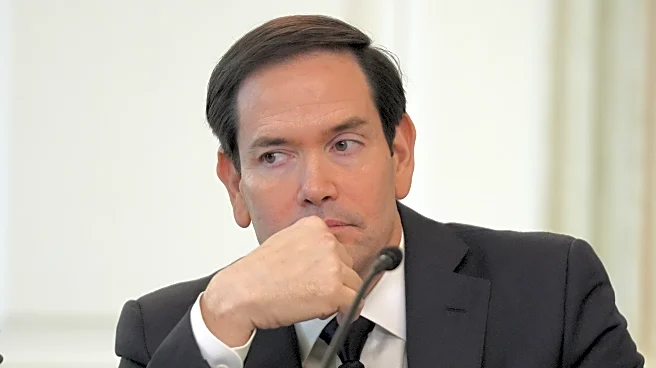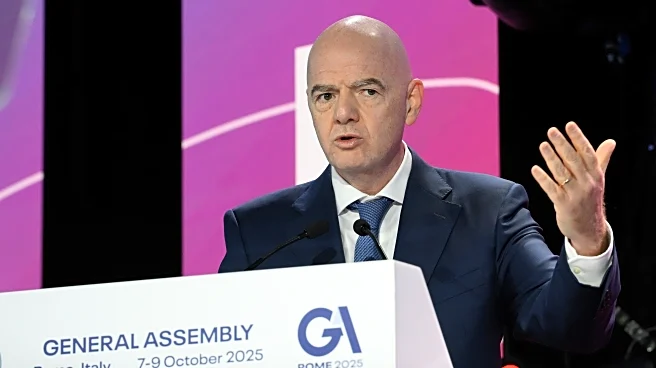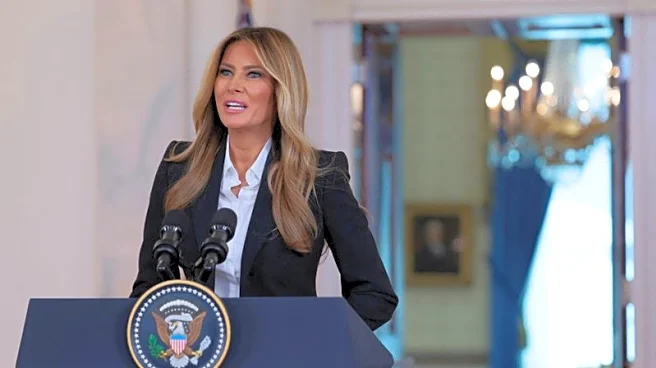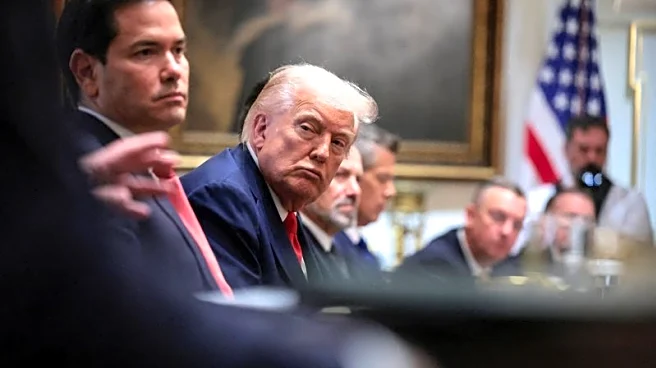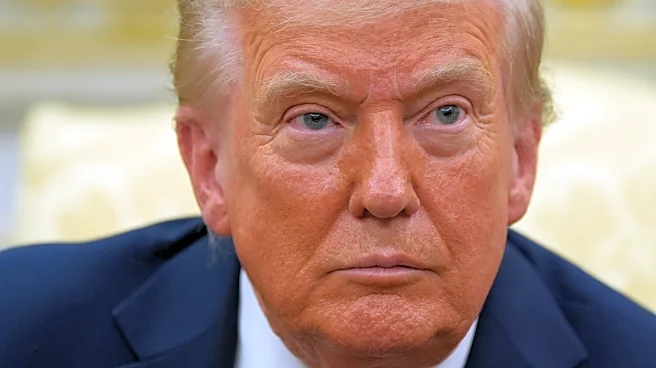What is the story about?
What's Happening?
The Trump administration has implemented significant layoffs at the Centers for Disease Control and Prevention (CDC), affecting dozens of employees, including 'disease detectives' and high-ranking scientists. The New York Times reported that the entire Washington office of the CDC was included in these cuts. The layoffs were communicated via email late Friday night, indicating that the roles of the affected employees were considered redundant or similar to other positions within the agency. The White House and CDC have not provided comments on the matter.
Why It's Important?
These layoffs at the CDC could have substantial implications for public health and disease control efforts in the United States. The reduction in workforce may hinder the agency's ability to effectively monitor and respond to health threats, potentially impacting the nation's preparedness for future outbreaks or health emergencies. The decision to cut positions, including those of experienced scientists, raises concerns about the prioritization of public health resources and the potential weakening of the country's health infrastructure.
What's Next?
The layoffs may prompt reactions from public health advocates and policymakers who could call for a review of the decision and its implications for national health security. There may be discussions on how to address the gaps created by the reduction in workforce and whether additional funding or restructuring is necessary to maintain the CDC's operational capacity. Stakeholders might also explore alternative strategies to ensure that critical disease control functions are not compromised.
Beyond the Headlines
The decision to lay off CDC employees may reflect broader governmental priorities and budgetary constraints, potentially signaling shifts in how public health is valued within the current administration. This development could lead to debates about the balance between fiscal policy and health security, as well as discussions on the ethical considerations of reducing workforce in essential health services.
AI Generated Content
Do you find this article useful?


